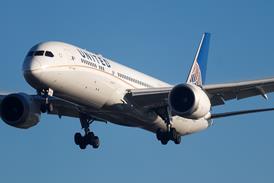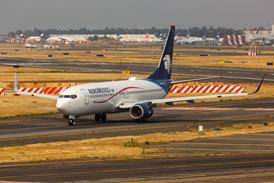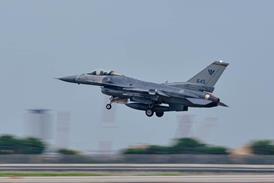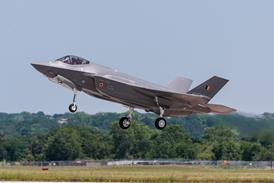The newest, most advanced Lockheed Martin F-16 – all set for the UAE – completed a successful first flight yesterday.
The aircraft is the first of the Block 60 line, designated the F-16E/F, and is one of 80 being produced for the UAE under an order placed in early 2000.
The formal acceptance ceremony for the UAE air force's first Block 60 is due to take place in the US in April 2004, with first in-country delivery before the end of next year.
"The first flight of the new F-16E/F is a major milestone in the long F-16 legacy," says Dain Hancock, president of Lockheed Martin Aeronautics. "With the Block 60, we have introduced a whole new generation of capability that sets the current world standard for multirole fighters."
The aircraft's E/F designation recognises the major structural, avionics and propulsion enhancements in this practically new version of the Fighting Falcon. The last designation change, C/D, was introduced with the Block 25 version in 1984.
Sortie
Following takeoff, chief test pilot Steve Barter put the F-16 through an initial flight-test profile that included evaluation of the on-board avionics systems and aircraft handling characteristics. Flight duration was about 50min.
"This was not just an ‘around the airfield' exercise," Barter said. "We flew some important test points and made this a meaningful flight-test sortie.
Powered
The F-16E/F resembles earlier F-16 aircraft in appearance only. Internally, the Block 60 has an all-new cockpit that features all-digital instruments and three 5x7in (125x180mm) colour displays. It is powered by a General Electric F110-GE-132 engine that produces 32,500lb (145kN) of thrust.
Additionally, the F-16E/F features a new avionics suite with highlights including a revolutionary electronic warfare system, the new APG-80 Agile Beam Radar (ABR) and a new Integrated FLIR Targeting System.
Orville Prins, Lockheed Martin vice-president, business development, said at the show yesterday that certain Block 60 capabilities could be back-fitted to earlier F-16s.
"There are certain key capabilities on the Block 60 that customers might say ‘we want that retrofitted'. It all depends on what that capability is, the technological constraints related to the [Block 60's] new systems and how difficult that is as an integration challenge. "For example, the Block 60 has twice the cooling requirements of the Block 50, so that might be a major challenge, but it's possible.
"We have a passion for invention and retrofitting new equipment into old aircraft."
The best prospects for further F-16 sales – either Block 50 or 60 – are probably in the Middle East, says Prins.
Source: Flight Daily News




















